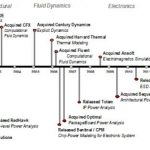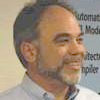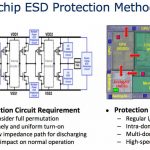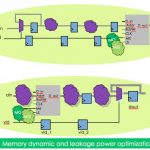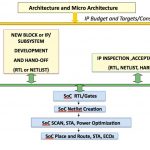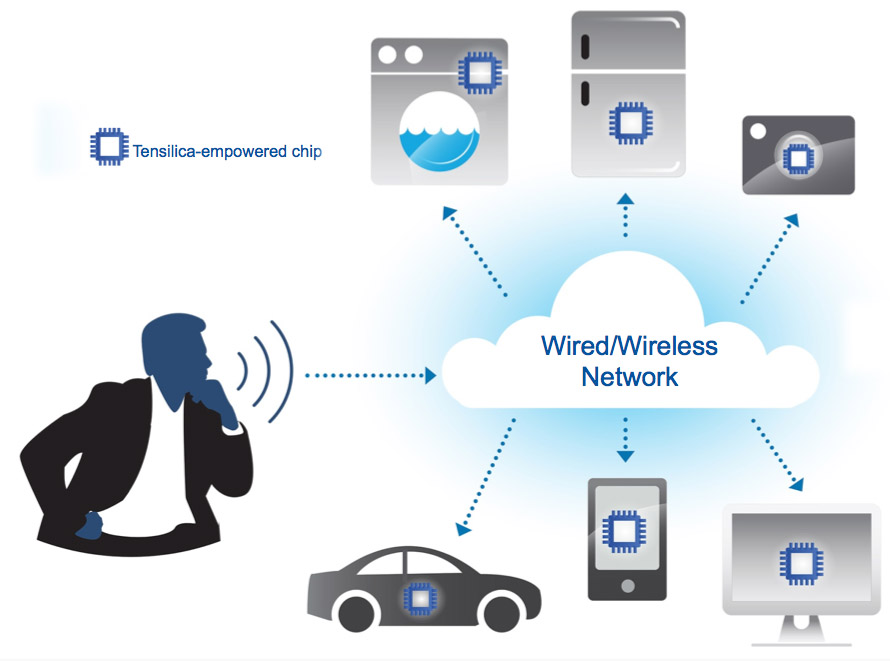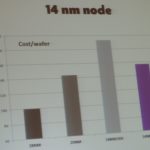Apache Design Solutions was founded in 2001 by Andrew Yang and three researchers from HP Labs (Norman Chang, Shen Lin, Weize Xie). They realized that engineers striving to meet the goal of increased device miniaturization, as defined by Moore’s Law, would eventually hit stumbling blocks in their progress. The founding team believed… Read More
Tag: semiconductor
Is the RTL Design Flow Broken?
I’ve taught Verilog classes and used logic synthesis tools for ASIC and FPGA designs, so was interested to hear about Oasys Design Systems. I attended their webinar at 9AM today, so I’ll share what I learned about their approach to logical and physical synthesis. This approach competes with tools like Design Compiler… Read More
ESD Check Methodology
In Pune at the start of the month, Norman Chang, Ting-Sheng Ku, Jai Pollayil of Apache/Ansys and NVIDIA presented and ESD check methodologywith Fast Full-chip Static and Macro-level Dynamic Solutions . ESD stands for Elecro-Static Discharge and is basically injecting very high static voltages (think how your hand gets charged… Read More
Predictions are hard, especially about the future
I was asked to make some predictions about the EDA, semiconductor and electronic systems markets for 2013. I decided that it would be more fun to make some plausible predictions, some of which will be right, rather than go for anodyne predictions (“Cadence will acquire a couple of startups”) which are uninformative,… Read More
Reducing Dynamic and Static Power in Memories
Sequential approaches to power reduction work well on logic implemented using standard cells. But part of every SoC, sometimes a very large part, is taken up with embedded memories for which alternative approaches are required. Not only do these memories occupy up to half of the area they also account for as much as 75% of the power… Read More
Global Design Closure
Satish Soman, chief solutions architect at Atrenta, was invited to give a presentation on Global Design Closure at the VLSI India conference in Pune at the start of this month. He talked about the need to close the gap between the typical SoC development methodology and what happens in reality.
SoCs are really put together in two … Read More
Tech Forum, February 5, features 32/28-, 20-, 14-, and 10-nanometer processes
The Common Platform Alliance — IBM, Samsung Electronics, Co., Ltd., and GLOBALFOUNDRIES — continues to redefine the landscape of the semiconductor industry with its groundbreaking collaboration. Join us at our 2013 Common Platform Technology Forumon Tuesday, February 5, 2013 at the Santa Clara Convention Center as we showcase… Read More
HiFi Mini, Always Listening
Next week it is the Consumer Electronics Show (CES) in Las Vegas and so there are announcements around the areas where consumer overlaps with semiconductor, which these days is primarily mobile. Then in February in Barcelona is Mobile World Congress, which is even more focused on mobile. Expect more announcementst there.
Currently… Read More
Wafer Costs: Out of Control or Not?
I didn’t attend the International Electronic Device Meeting (IEDM) earlier this month, but there have been a lot of reports on the inter webs especially about 20nm and 14nm processes. Some of this is really geeky stuff but I think that perhaps the most interesting thing I’ve read about is summarized in this chart:
This… Read More
Cadence 3D Methodology
A couple of weeks ago was the 3D Architectures for Semiconductor Integration and Packagingconference in Redwood City. Cadence presented the changes that they have been making to their tool flow to enabled 2.5D (interposer-based) and true 3D TSV-based designs. You know what TSV stands for by now right? Through-silicon-via, … Read More


